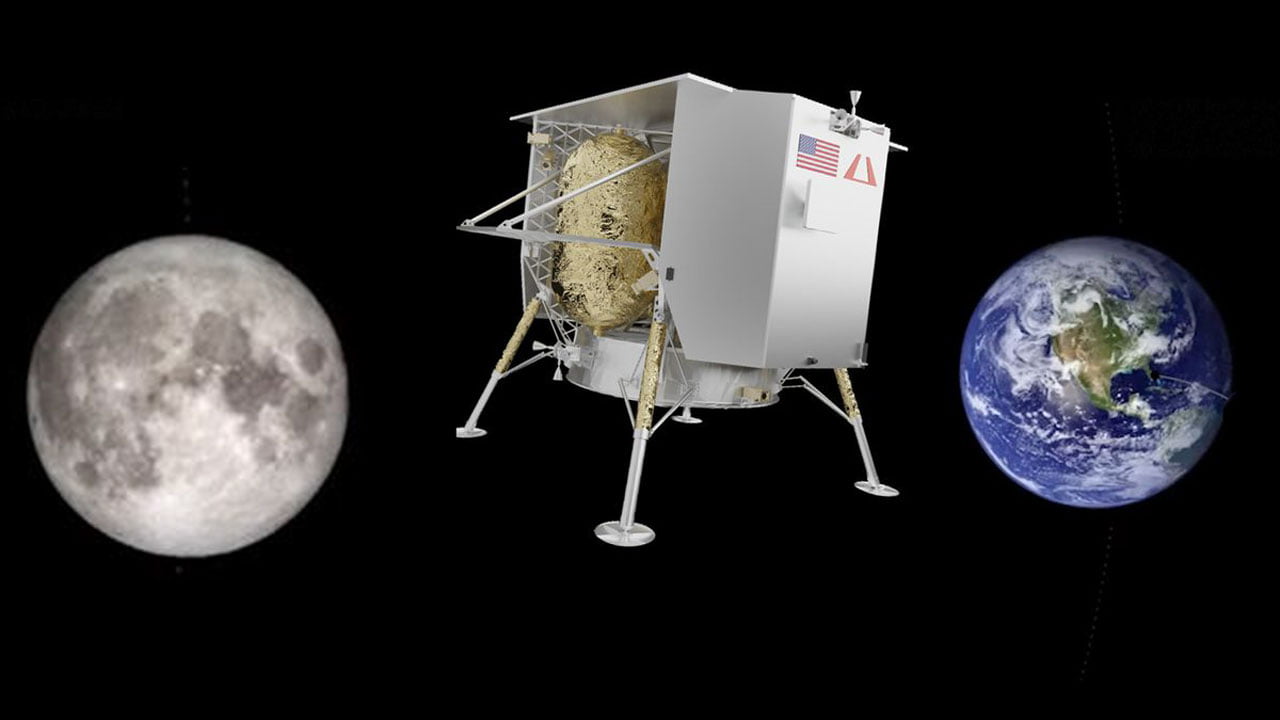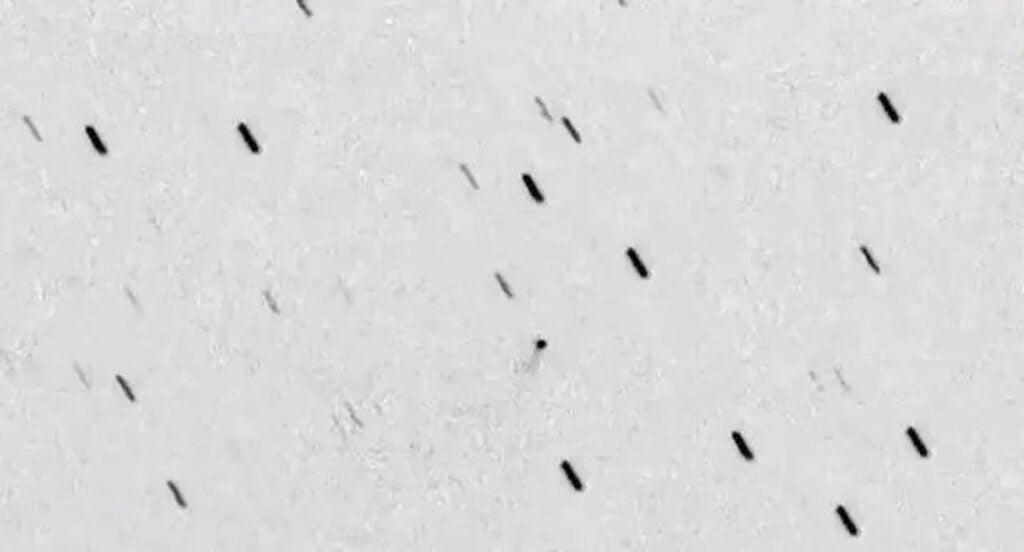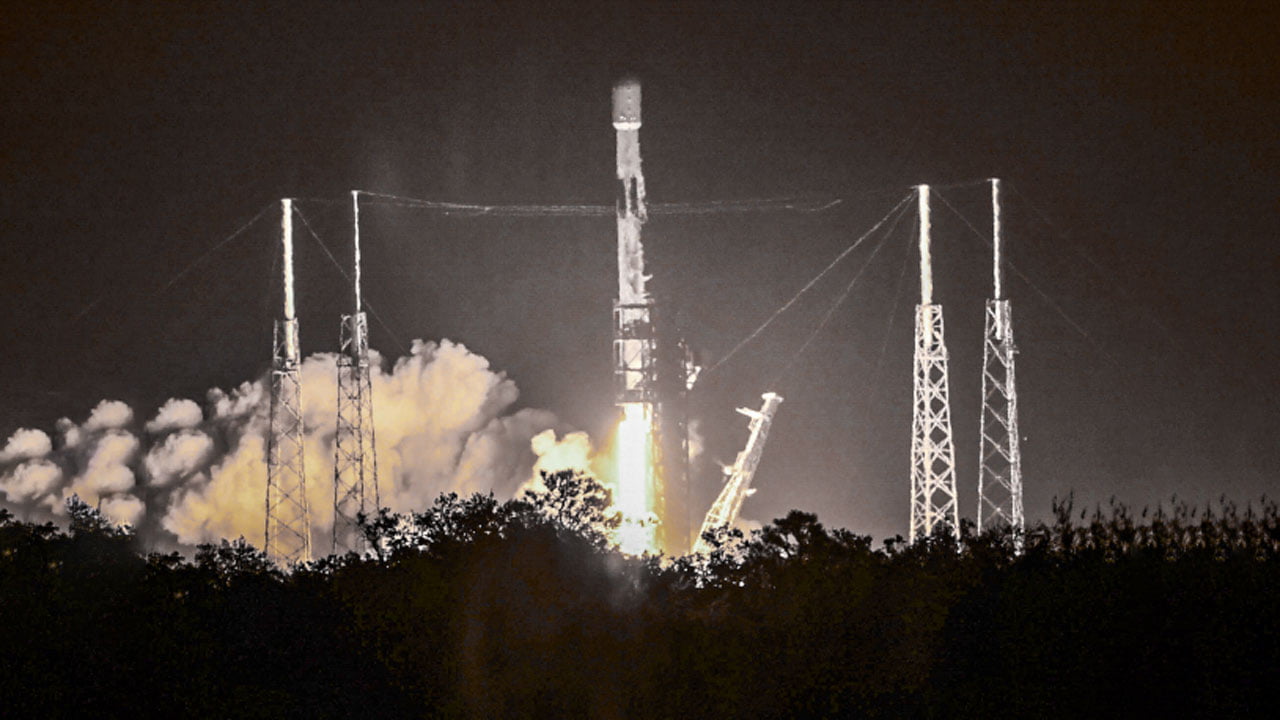US Peregrine Lunar Lander Burned Up in Earth’s Atmosphere

NASA stated on the 19th local time that the Peregrine lunar lander developed by the American Aerospace Robotics Technology Company had returned to Earth as planned after failing to land on the moon and burned up in the Earth’s atmosphere, marking the end of its mission.
Peregrine Lunar Lander
The Peregrine lunar lander named “Peregrine” embarked on its journey from the Cape Canaveral Space Force Base in Florida on the 8th of this month, propelled by the “Vulcan Centaur” rocket, a creation of the United Launch Alliance. It was originally planned to be launched on February 23rd. “Soft landing” on the Peregrine lunar lander surface. But shortly after takeoff, the Peregrine’s propulsion system failed.

Since then, the US Aerospace Robotics Technology Company announced that the “Peregrine Falcon” has been unable to achieve the “soft landing” plan on the moon. After listening to the analysis and suggestions of NASA and the space community, the company believes that the best option is for the “Peregrine Falcon” to return to the Earth’s atmosphere in a controlled manner and burn up in the atmosphere.
According to NASA, the “Peregrine Falcon” reentered the Earth’s atmosphere in a controlled manner over the waters of the South Pacific at about 16:04 Eastern Time on the 18th (about 5:04 Beijing time on the 19th).
This is the first Peregrine lunar lander exploration mission carried out by the United States in more than 50 years, and the first time a private company has undertaken this mission. The “Peregrine Falcon” carries a variety of NASA scientific instruments and other commercial payloads, including scientific instruments such as sensors for studying lunar water and lunar surface radiation. Aerospace Robotics is one of the first lunar lander contractors under NASA’s Lunar Commercial Launch Services program. NASA said that many companies will undertake the next seven commercial lunar launch missions. The next mission will be launched no earlier than February this year.
NASA Administrator Bill Nelson said that space exploration is full of challenges, and the scientific and aerospace data collected during the “Peregrine Falcon” mission will help better prepare for future lunar landing missions.
See More:
Apple Vision Pro Goes On Sale For US $3,499 – $3,899
Samsung Specifies AI Watermark On Galaxy S24 Series
Apple Begins Pre-Orders For Vision Pro in US – Product Spec Also Revealed




Leave a Comment